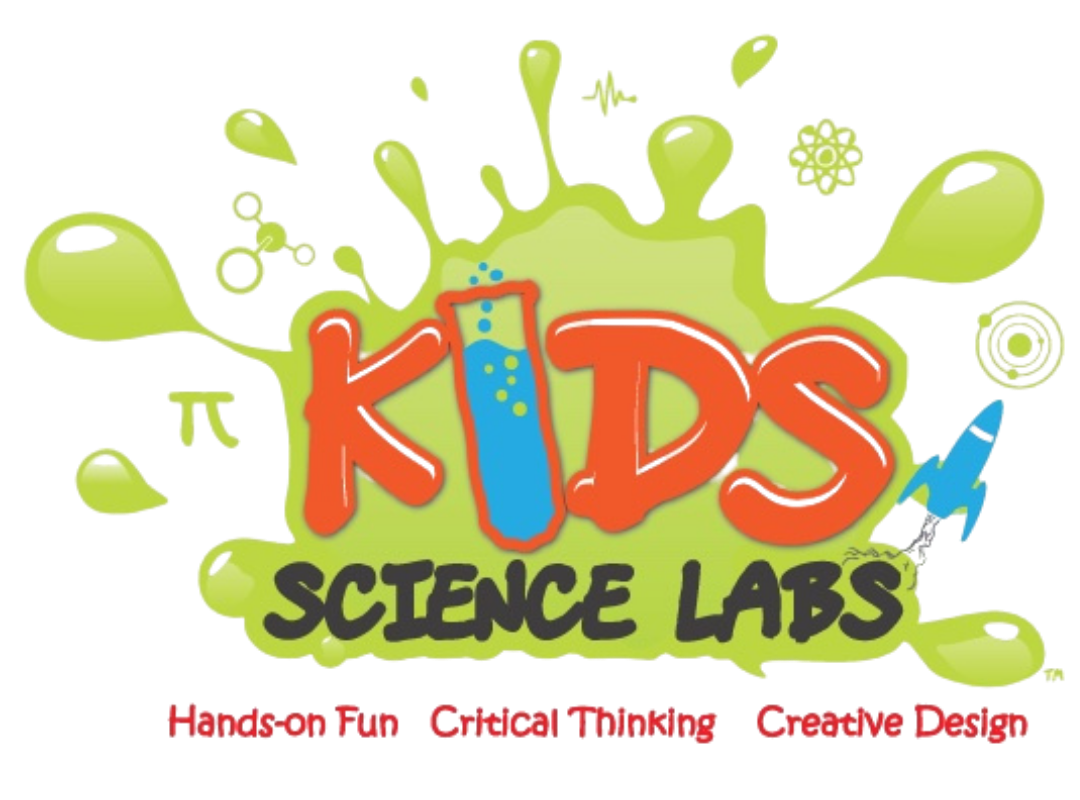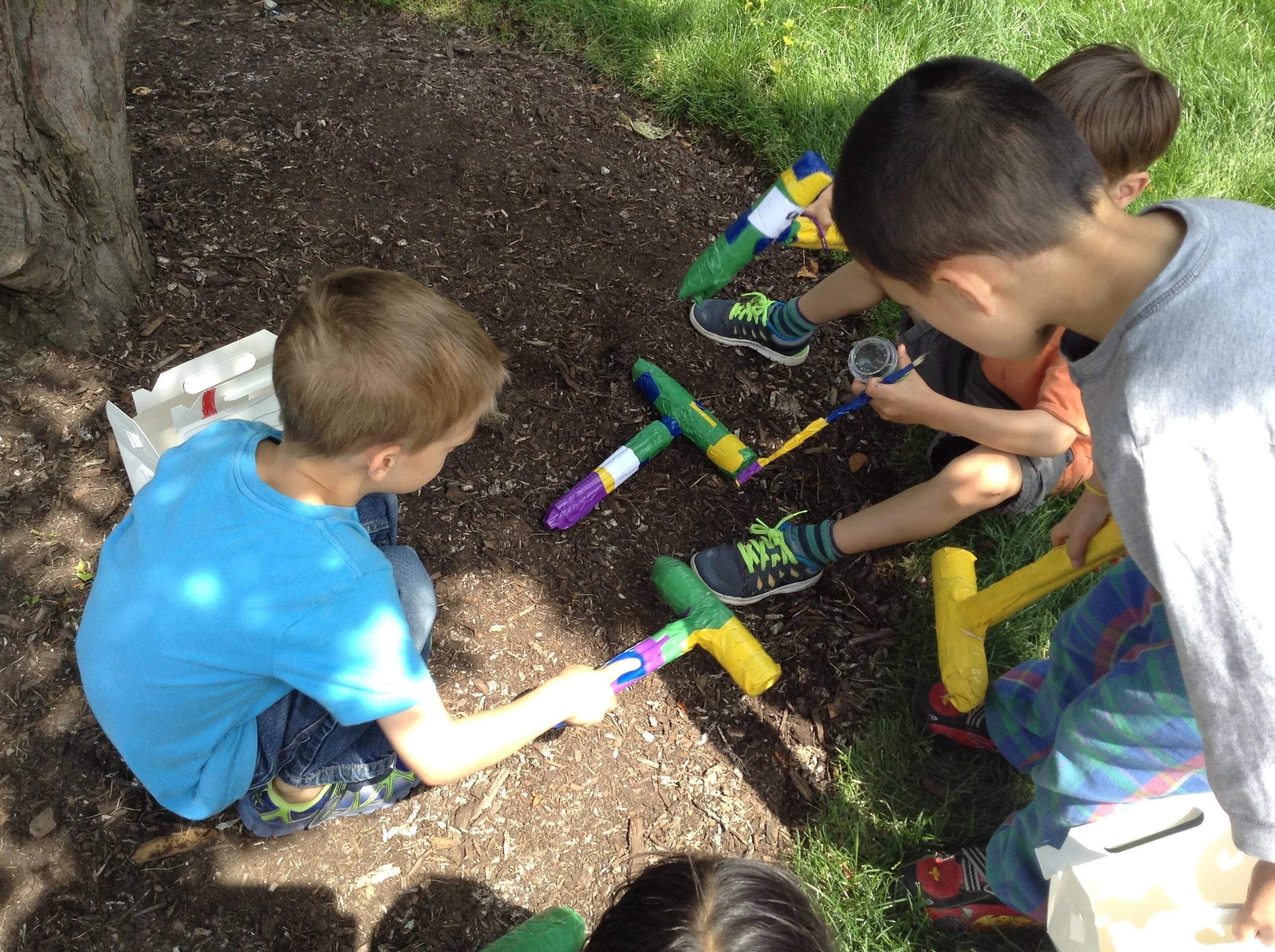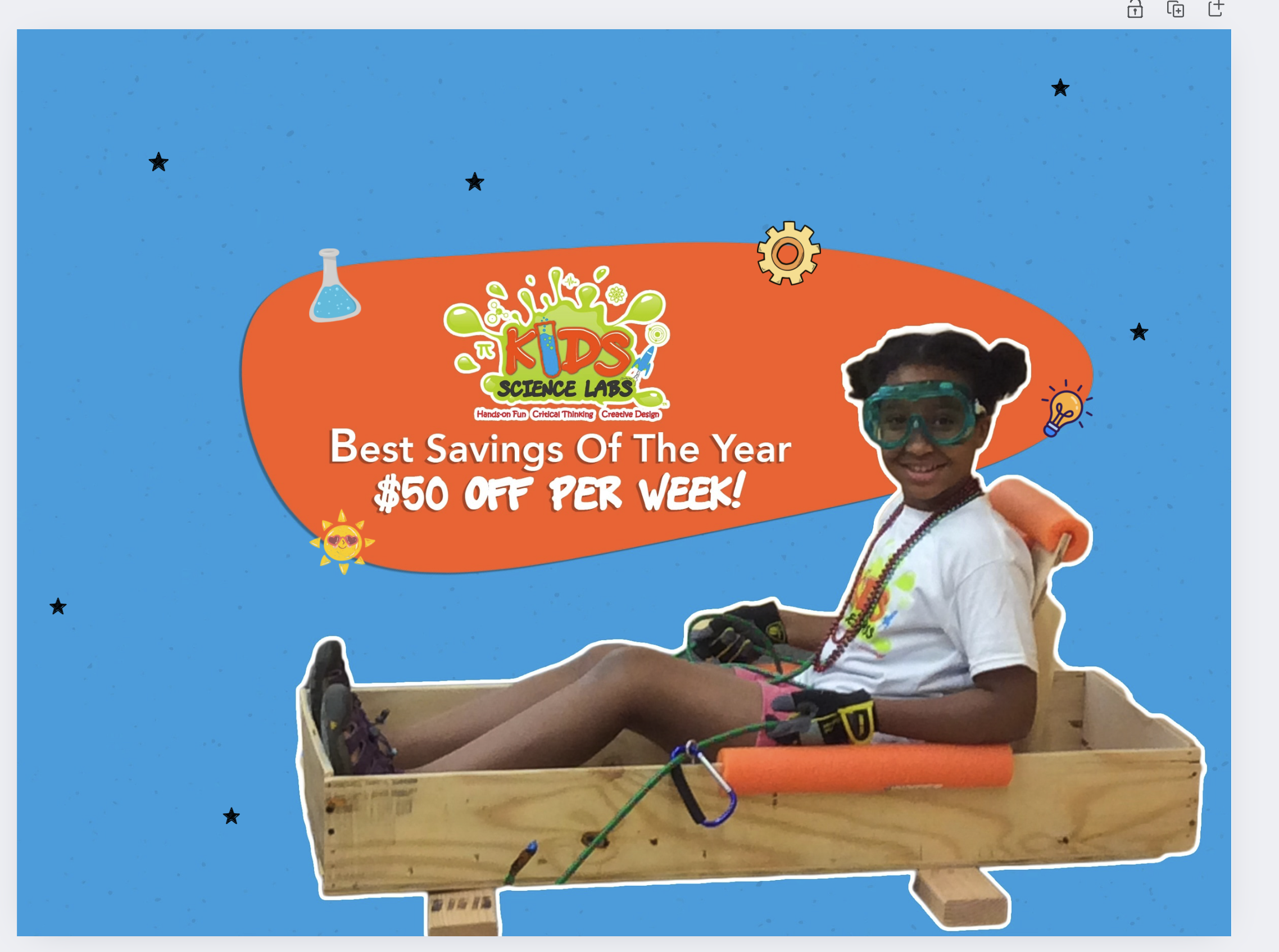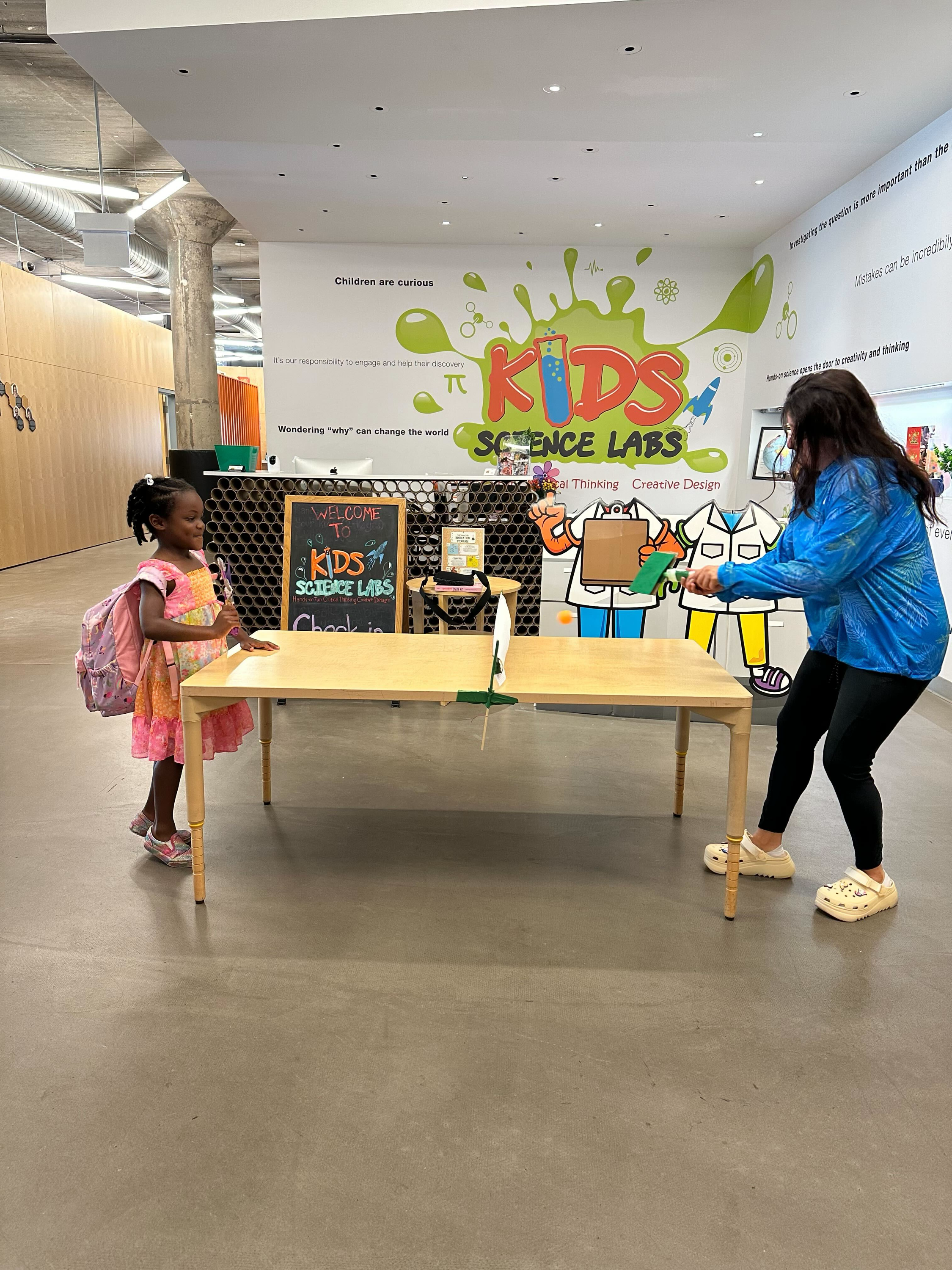STEM vs. STEAM vs. STREAM - A Parents Guide
STEM vs. STEAM
In today’s rapidly evolving world, equipping children with the tools to think critically and creatively is more important than ever. STEM (Science, Technology, Engineering, and Math) and STEAM (Science, Technology, Engineering, Arts, and Math) are two educational approaches that foster these essential skills. While both emphasize interdisciplinary learning, STEAM incorporates the arts, promoting creativity and innovation alongside technical skills. But how do these approaches translate into toys, classes, and activities for kids? Let’s dive in.
What is the difference between STEM, STEAM, and STREAM?
Let’s start with some basic facts:
The acronym STEM (Science, Technology, Engineering, and Math) was introduced in 2001, by the National Science Foundation (Judith Ramelley) out of concern that some students may not be prepared for careers in technology fields.
STEAM was added in 2012 by the National Research Council as a new framework for teaching science in K-12 classrooms, such that ART was a component to help foster more creativity as a skill in science education.
Most recently, the terms have expanded again to include STREAM, where the “R” was added for “reading”, to incorporate literacy as a component in K-12 Education
As parents, what you should know is that your child absolutely NEEDS frequent and regular hands-on science education, as a part of their curriculum from the time they can walk. Every research paper for the last fifty years, has found the same result, that the neuroplacity of a child’s brain is enhanced when they make as many possible connections between information when they are young. That is exacty what happens when kids test a variable with a real science experiment.
STEM Toys for Kids
STEM toys are designed to make learning fun by engaging kids in hands-on activities that teach critical concepts in science, technology, engineering, and math. These toys encourage problem-solving, logical thinking, and creativity while giving kids a head start in understanding STEM principles.
For instance, building kits that teach basic engineering concepts or coding games that introduce computer programming are excellent examples of STEM toys.
STEM Toys for 5-Year-Olds
Using 5 year olds as an example, look for toys that are simple yet engaging, such as magnetic building blocks, beginner coding robots, or science experiment kits. These toys spark curiosity and provide an age-appropriate introduction to STEM concepts.
STEAM Toys for Kids
STEAM toys go beyond the core STEM concepts by incorporating the arts, fostering creativity alongside problem-solving and technical skills. These toys inspire kids to think critically, explore creatively, and develop a deeper understanding of how science and art intersect.
From painting robots to architecture kits that blend engineering with design, STEAM toys are perfect for kids who love to imagine and create while learning essential skills.
STEAM Toys for 5-Year-Olds
Once again for 5-year-olds, look for toys that combine simple artistic elements with basic science or engineering principles. Examples include:
Craft-based STEM kits, like build-and-paint birdhouses.
Music and coding toys, such as beginner synthesizer kits.
Design-focused building blocks, which let kids create colorful, functional structures.
These toys nurture early problem-solving skills and ignite a passion for learning through play.
STEM Classes for Kids
STEM classes allow children to explore STEM topics more deeply through guided instruction and interactive learning experiences. These classes are ideal for kids who enjoy experimenting, building, and asking questions about the world around them.
At Kids Science Labs, which offers programs in Chicago, Seattle, and across the United States, STEM classes for kids are tailored to inspire curiosity and critical thinking. Their programs are designed for children as young as four and are structured to grow with your child’s interests and abilities.
STEM Classes for 6-Year-Olds at Kids Science Labs
For 6-year-olds, we offer engaging classes that combine hands-on experiments with real-world problem-solving. Whether they’re learning about the forces of physics or experimenting with chemical reactions, kids leave our classes with a deeper understanding of science and a big smile on their faces.
The Importance of Enrichment Activities and Science Learning for Kids
Enrichment activities like STEM and STEAM programs play a critical role in childhood development. They do more than just fill time—they foster essential life skills that benefit kids throughout their lives.
Why Are Enrichment Activities Important?
Promote Critical Thinking: These activities challenge kids to think outside the box and solve problems creatively.
Build Confidence: Completing projects and experiments boosts self-esteem and encourages a "can-do" attitude.
Encourage Curiosity: STEM and STEAM programs help kids develop a love for learning by answering their natural "why" questions about the world.
Prepare for the Future: With technology playing a bigger role in our lives, early exposure to STEM and STEAM gives kids a head start in tomorrow’s careers.
At Kids Science Labs, they take a hands-on approach to learning that ensures that children not only understand science concepts but also have fun while doing so. From engaging STEM classes to kids birthday parties and science camps, they know how to create an environment where science is exciting and accessible.
Choosing between STEM and STEAM depends on your child’s interests, but both approaches provide valuable skills that help kids thrive. Whether through toys, classes, or enrichment activities, giving your child opportunities to explore STEM or STEAM is an investment in their future. At Kids Science Labs, we’re here to help your child unlock their potential and discover the joys of science.



